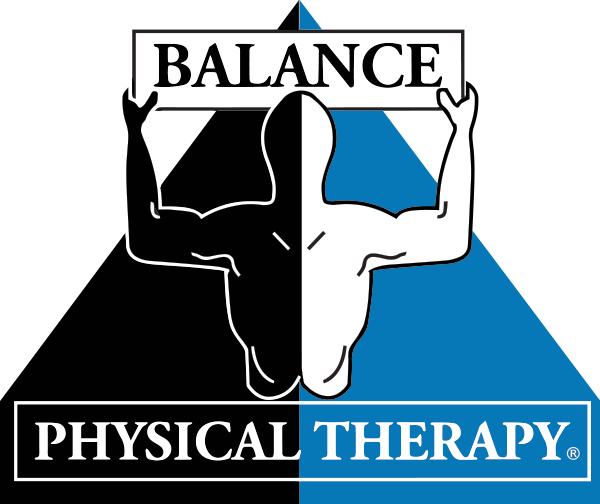By Dr. Nicolas Gonzales PT, DPT, CSCS
Today we will address two concepts of the shoulder: posture and motor control. Posture is a common term that describes the resting positioning of our body. Repeated movements and sustained postures eventually cause a joint to develop a susceptibility to move in a specific direction or pattern. Motor control describes the body’s ability to regulate or direct movement.
Let us begin by introducing the term scapular dyskinesia. This refers to an individual who demonstrates the loss of scapular motor control during specific movements of the arms. With regards to the shoulder joint, we call it a SICK Scapula: Scapular malposition, Inferior medial border prominence, Coracoid pain and malposition, and dysKinesis of scapular movement. In essence, this is when a person’s scapula is no longer moving in “normal” patterns. In particular, scapular dyskinesia is most evident when moving to and from reaching overhead. The causes for scapular dyskinesia can include: inflexibility of posterior shoulder musculature, weakness of the musculature that attaches from the thorax to the scapula, amongst others.
There are three types of scapular dyskinesia:
Type I is often described as “inferior dysfunction” and characterized by the shoulder blades “winging.” The key aspect to this type is that the bottom corner of the scapula is not flat on the thorax. Often, we’ll find that you may be able to reach the underside of the shoulder blade with your fingers. This forward tilting of the scapula often leads to the impingement in the top of the shoulder. The most common reason for shoulder impingement is weakness of the lower and middle trapezius muscles, weakness of the rotator cuff muscles, and the serratus anterior muscles. These muscles assist the shoulder blade to rotate upwardly when we lift our arms overhead, which in turn decreases the potential for that impingement on the front of the shoulder.
Type II is often described as “medial dysfunction” and is characterized by the prominence of the border of the shoulder blade that is closest to the spine. This postural positioning can occur for many of the same potential reasons as Type I, but the main culprits are weak trapezius muscles. As we highlighted above, the middle and lower trapezius muscles are important for the motion of the shoulder blades, but they’re also important for maintaining a stable shoulder joint. Weak trapezius muscles allow the shoulder blades to slide far from the spine, and typically will then allow for multi-directional instability in the shoulder joint.
Type III is commonly referred to as “superior dysfunction” and is characterized by excessive shoulder “shrugging” of the scapula and is a motor control problem. This type of SICK scapula is most commonly found in those who struggle with lifting their arms overhead in a full range of motion. These individuals must “compensate” by lifting or shrugging their scapula upward to achieve their full range of motion at the shoulder. For these individuals, they often dominate their movements with the large muscle groups (deltoids, pectorals, latissimus dorsi) and the smaller muscles of the rotator cuff are un-trained and weak.
These scapular issues are by no means absolute predictors of pain and injury, but they do provide us with insight into our body’s motor control and strength deficits.
Check out our video at the top for three great exercises to improve your posture and shoulder health. Follow us on Facebook, Instagram (@balanceptmove), and YouTube for more exercise videos and educational content!
